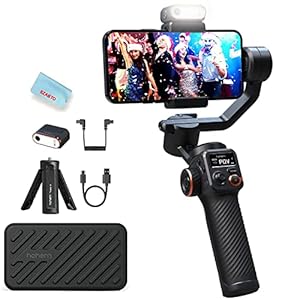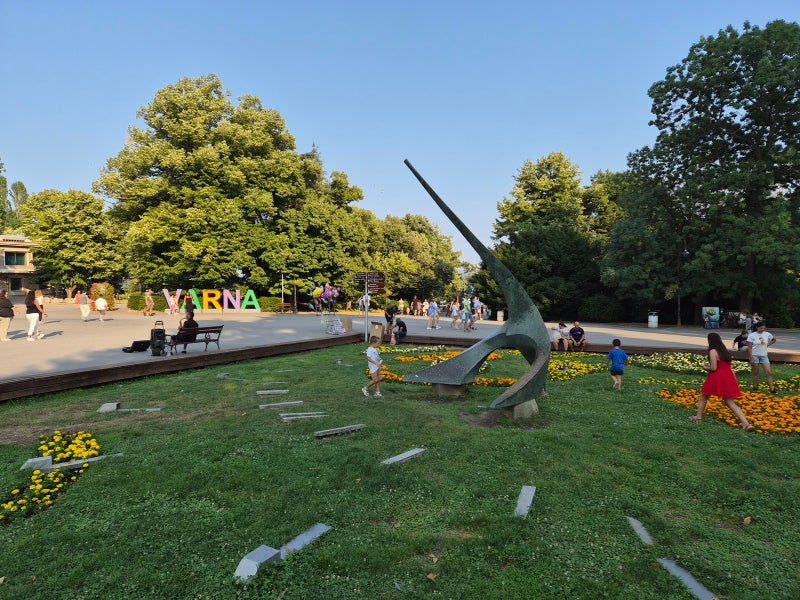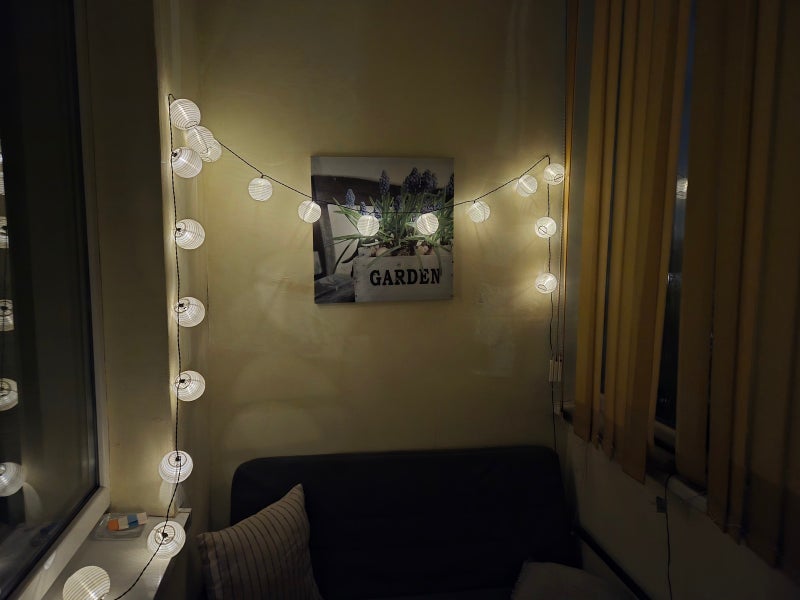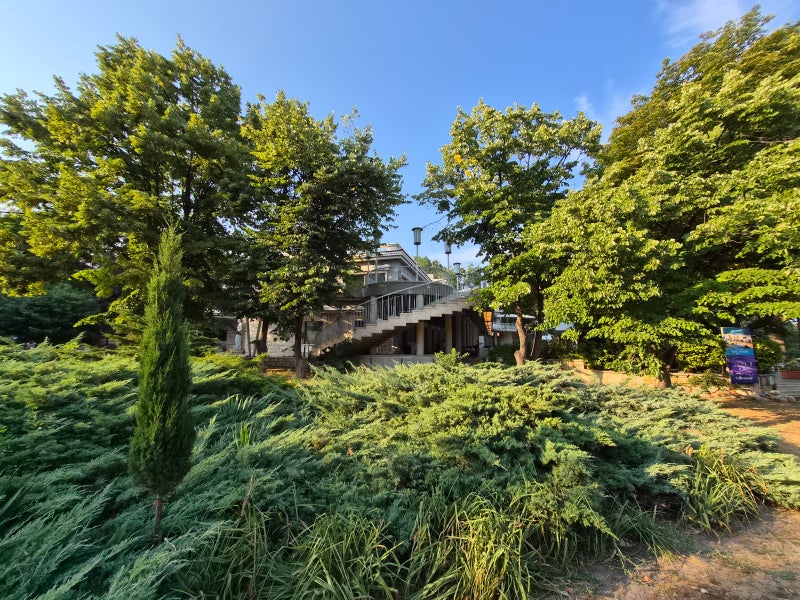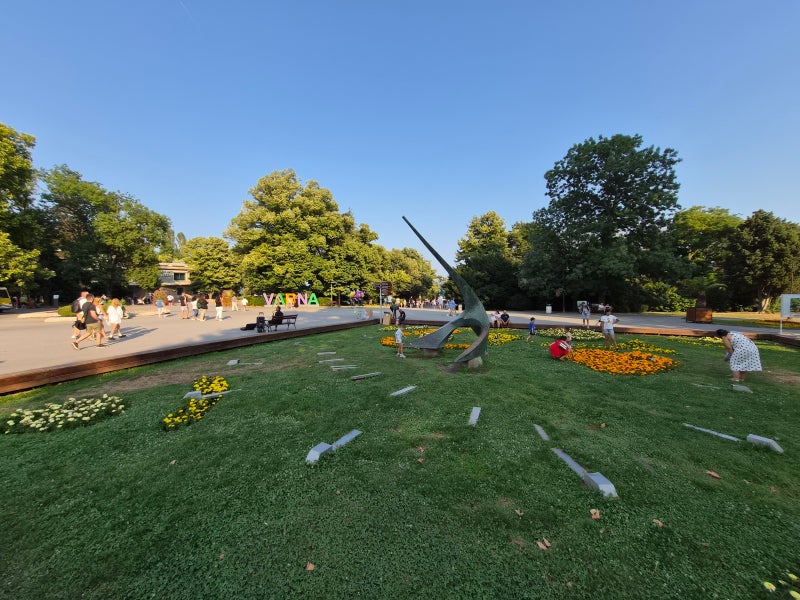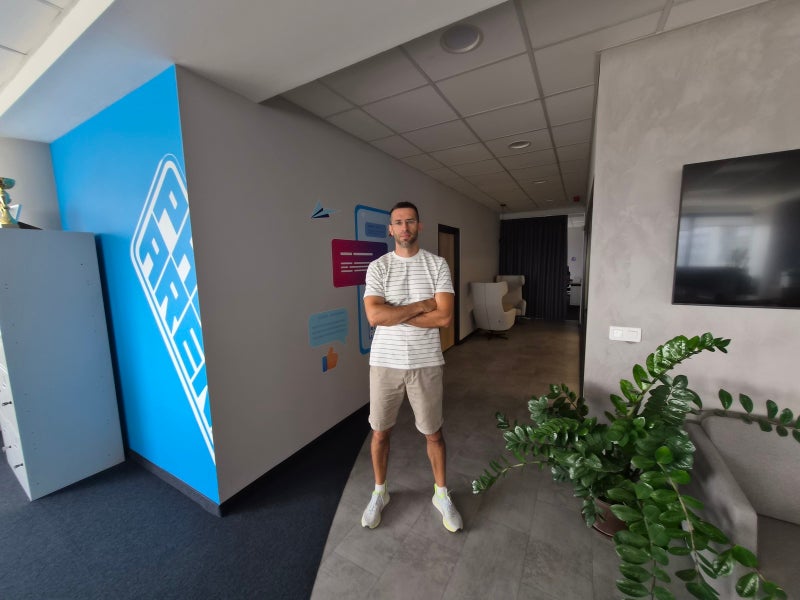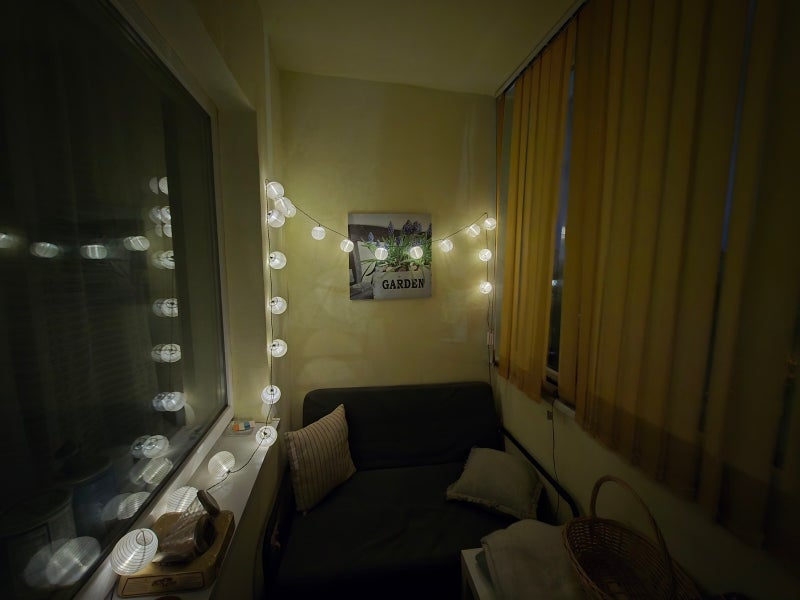. Does this mean it doesn’t introduce any substantial changes to the main camera system?
However, with some software trickery and image-processing magic, Samsung has achieved a net gain in image quality in comparison with its predecessor.
| Galaxy Z Flip 7 | Galaxy Z Flip 6 |
|---|---|
| Main camera 50MP 23mm F1.8 Sensor size: 1/1.57″ 1.0µm pixel size |
Main camera 50MP 23mm F1.8 Sensor size: 1/1.57″ 1.0µm pixel size |
| Ultrawide camera 12MP 13mm F2.2 1/3.2″ 1.12µm pixel size |
Ultrawide camera 12MP 13mm F2.2 1/3.2″ 1.12µm pixel size |
| Front camera 10MP |
Front camera 10MP |
As you have inferred, the main camera of the Galaxy Z Flip 7 is identical to the one found on the Galaxy Z Flip 6. We get the same 50MP F1.8 camera with a modest 1/1.57″ size and a fairly standard 23mm field-of-view. The only changes that could have been introduced here are software enhancements and improvements, which is a pretty important part of any camera these days.
Up front, the Galaxy Z Flip 7 features the standard 10MP selfie camera, which should be more than sufficient for video calls and the occasional selfie.
Galaxy Z Flip 7 Camera Score compared to its rivals
Despite the similar hardware, the Galaxy Z Flip 7 has scored some image quality improvements, nonetheless courtesy of some software upgrades in the algorithms and image processing. Samsung’s ProVisual Engine has made its way to the Galaxy Z Flip 7, and it has obviously introduced nifty improvements to the overall image quality, which helps the new Galaxy Z Flip 7 achieve a slightly better score in our dedicated camera score test.
In terms of video quality, things have neither improved, not deteriorated: the Galaxy Z Flip 7 delivers similar video quality to its predecessor, indicated by the 133-point result in our video test.
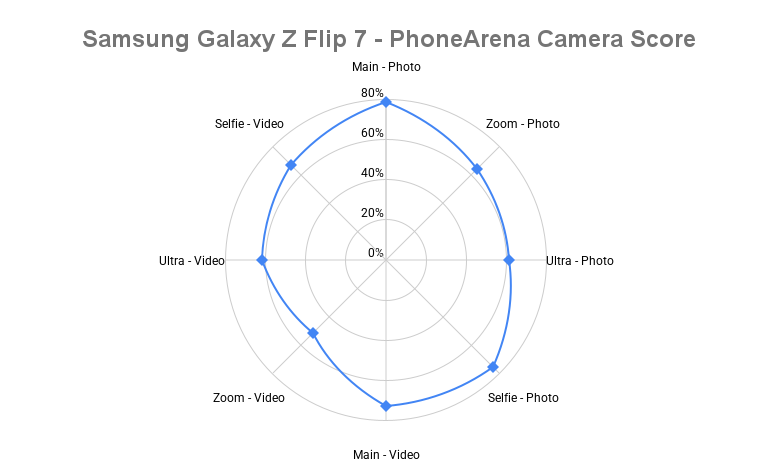
Samsung Galaxy Z Flip 7 camera spider chart
Image Quality
Main camera
In good light, the Galaxy Z Flip 7 delivers excellent image quality with a true-to-life, yet pleasingly vibrant color palette. Details are tack-sharp but very natural without a hint of overprocessing, which was mostly the case with the Galaxy S25 series, too. Thanks, ProVisual Engine. The dynamic range is decent, though we’d love slightly more detail to be retained in darker shadow areas.
Quality in lower light is splendid as well. Details are crisp and natural, and we applaud the fact that the Galaxy Z Flip 7 doesn’t aim to turn the night into day by over-exposing the image and artifically lifting the shadows up.
Zoom quality
When zooming in, the Galaxy Z Flip 7 maintains pretty decent image quality. The zoom here is a combination of sensor cropping and digital enhancing with the ProVisual Engine taking care of cleaning out the details and the overall look of the images.
At 3X and 5X, we get the best results with very usable photos, especially in good lighting. At 10X, we can start noticing artifacts and deteriorating details, which doesn’t inspire confidence in the image quality past this level.
Ultrawide camera
The ultrawide camera is slightly more detailed than last year’s Galaxy Z Flip 6, which is great to see. The dynamic range is good but slightly worse than the main camera, which is sort of expected. As a result, the contrast is a bit more extreme and we lose some information in areas with excessive highlights or deep shadows, but that’s not such a dealbreaker here.
At lower light levels, the image quality is more than acceptable as well, though it’s naturally slightly inferior to the results achieved by the main camera.
Front camera
Taking selfies with the Galaxy Z Flip 7‘s dedicated inner camera delivers very good results, delivering lovely skin tones and mostly decent dynamic range even in extreme lighting conditions as visible in the samples above.
However, you can also take great selfies with the main camera when you keep the phone folded, which delivers even better image quality.

Galaxy Z Flip 7 selfie taken with the main camera
Video quality

The video quality of the main camera has noticeably improved with the Galaxy Z Flip 7, giving improved detail, better sharpness without the negative effects of oversharpening, and finally, more realistic colors. The dynamic range is slightly better than the Galaxy Z Flip 6. The older Flip phone produces slightly punchier colors and has more pronounced contrast, which still might appeal to many people.
Conclusion
The Galaxy Z Flip 7 has successfully delivered a net image quality improvement in both still photography and video quality. That’s despite the lack of meaningful hardware changes in comparison with the older model, which speaks volumes about the importance of software improvements.
Overall, the Galaxy Z Flip 7 positions itself as the clamshell foldable phone with the best camera right now, combining a compact size with a very capable camera system. There is some room for improvement in the video-recording, where the older Galaxy Z Flip 6 still fares slightly better in some subjective categories.
Overall, the Galaxy Z Flip 7 is a welcome improvement, one that makes Samsung’s comapct foldable lineup that much more appealing in comparison with its competitors.
Trending Products

Video Conference Lighting Kit, Ring...
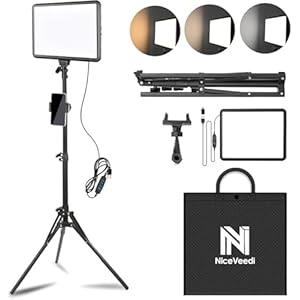
15W LED Video Light Kit
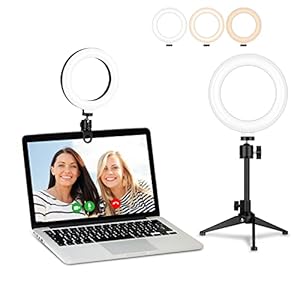
Desk Ring Light for Zoom Meetings &...
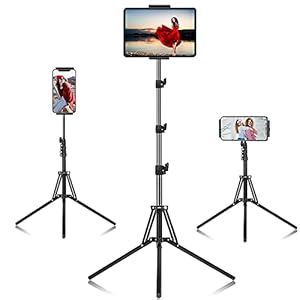
SAMHOUSING Ipad Tripod Stand, with ...
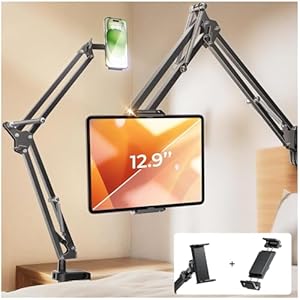
LISEN Tablet Stand
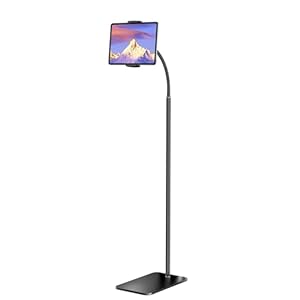
LanPavilion iPad Stand, Adjustable ...

DJI Osmo Mobile SE, 3-Axis Phone Gi...
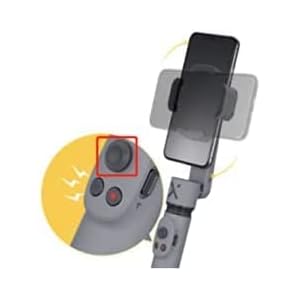
2pcs Original Joystick Parts for Zh...
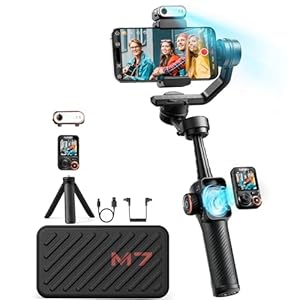
hohem iSteady M7 Gimbal
